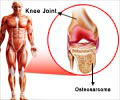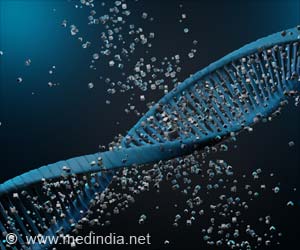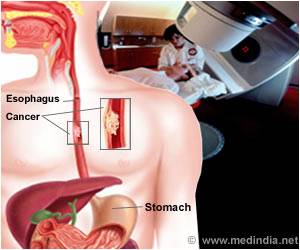A study that investigated bone fluoride levels in individuals with osteosarcoma, which is a rare, primary malignant bone tumor that is more prevalent in males has been released

No significant association between bone fluoride levels and osteosarcoma risk was detected in this case-control study, based on controls with other tumor diagnoses.
In the case-control study, by lead researcher Chester Douglass of Harvard University, patients were identified by physicians in the orthopedic departments from nine hospitals across the U.S. between 1993 and 2000. In this report, the study sample included incident cases of primary osteosarcoma and a control group of patients with newly-diagnosed malignant bone tumors. Specimens of tumor-adjacent bone and iliac crest bone were analyzed for fluoride content. The study was approved by the Institutional Review Boards of the respective hospitals, Harvard Medical School and the Medical College of Georgia.
Logistic regression of the incident cases of osteosarcoma (N=137) and tumor controls (N=51), adjusting for age and sex and potential confounders of osteosarcoma, was used to estimate odds ratios (OR) and 95% confidence intervals (CI). There was no significant difference in bone fluoride levels between cases and controls. The OR adjusted for age, gender, a history of broken bones was 1.33 (95% CI: 0.56-3.15).
"The controversy over whether there is an association between fluoride and risk for osteosarcoma has existed since an inconclusive animal study 20 years ago," said IADR Vice-president Helen Whelton. "Numerous human descriptive and case-control studies have attempted to address the controversy, but this study of using actual bone fluoride concentrations as a direct indicator of fluoride exposure represents our best science to date and shows no association between fluoride in bone and osteosarcoma risk."
Advertisement














